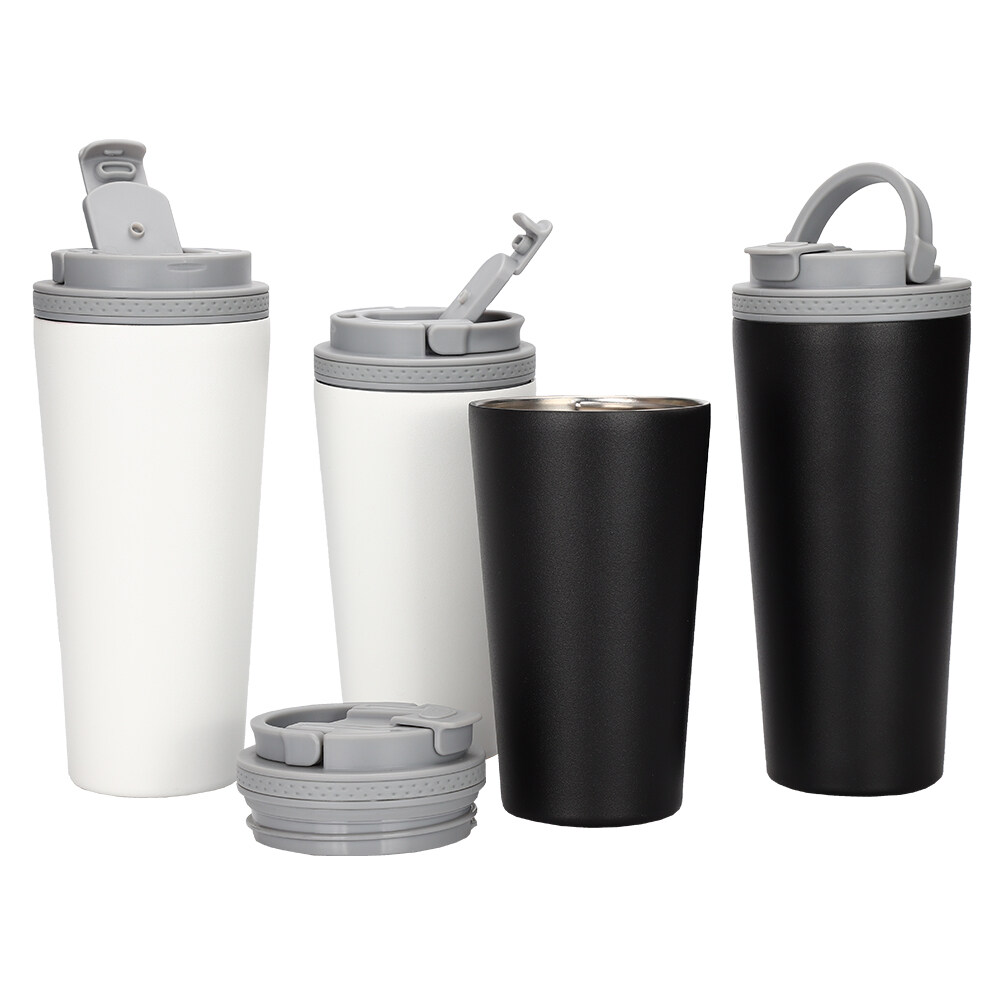

When you sip your morning coffee, the focus is usually on the aroma, the taste, and the caffeine kick that jumpstarts your day. But have you ever paused to think about the cup that holds your precious brew? Plastic coffee cups are a ubiquitous part of our daily routine, especially for those on the go. Whether you're grabbing a quick cup from the office coffee machine or your favorite café, these cups are everywhere. Particularly popular are plastic coffee cups bought in bulk, due to their convenience and cost-effectiveness. However, their widespread use comes with significant environmental concerns.
Plastic coffee cups are favored for their durability and insulating properties. They are less likely to leak or become soggy compared to paper cups, making them a reliable choice for both hot and cold beverages. Businesses, from small cafes to large corporations, often purchase plastic coffee cups in bulk to meet the high demand and save on costs. For many, they are a symbol of modern convenience—easy to use, dispose of, and carry.
Despite their convenience, plastic coffee cups pose a substantial environmental threat. Millions of these cups are discarded daily, and a majority end up in landfills or, worse, in our oceans. The problem is exacerbated when plastic coffee cups are bought in bulk, as it leads to a higher volume of waste.
Plastic cups are often made from a combination of materials, including a plastic lining that prevents leaks. This combination makes them difficult to recycle. In many places, recycling facilities are not equipped to handle these mixed-material products, leading to a low recycling rate. Consequently, most plastic coffee cups are not recycled and contribute to the growing waste problem.
Understanding the life cycle of a plastic coffee cup reveals the extent of its environmental impact. From production to disposal, each stage involves significant resource consumption and waste generation.
1. Production: The production of plastic coffee cups requires petroleum, a non-renewable resource. The manufacturing process emits greenhouse gases and other pollutants, contributing to climate change and environmental degradation.
2. Usage: Once produced, these cups are distributed to cafes, offices, and homes, where they are used for a few minutes to a few hours. Despite their short use time, they persist in the environment for hundreds of years.
3. Disposal: After use, plastic coffee cups are typically thrown away. If not properly managed, they can end up in natural habitats, where they pose a threat to wildlife. Animals can ingest plastic debris, leading to injury or death. Additionally, plastics can break down into microplastics, which contaminate soil and water bodies.

Addressing the plastic coffee cup problem requires a multi-faceted approach involving innovation, consumer behavior change, and improved waste management. Here are some promising solutions:
1. Biodegradable and Compostable Cups: These cups are designed to break down more quickly and safely than traditional plastic. Made from materials like cornstarch or sugarcane, they offer a more sustainable alternative. While still requiring proper disposal, they have a lower environmental impact.
2. Reusable Cups: Encouraging the use of reusable coffee cups is one of the most effective ways to reduce waste. Many cafes now offer incentives, such as discounts, for customers who bring their own cups. Reusable cups, made from stainless steel, glass, or durable plastic, can significantly cut down on the number of single-use cups discarded.
3. Recycling Programs: Some cities and businesses are implementing specialized recycling programs for coffee cups. By educating consumers and providing dedicated recycling bins, these programs aim to increase the recycling rate of plastic coffee cups. Additionally, some companies are developing technologies to better handle mixed-material recycling.
Both businesses and consumers play crucial roles in tackling the plastic coffee cup issue. Businesses can lead the way by adopting sustainable practices, such as switching to biodegradable cups or encouraging reusable cup use. They can also purchase plastic coffee cups in bulk from suppliers that prioritize environmentally-friendly production methods.
Consumers, on the other hand, can make a significant impact through their choices. Here are some practical steps individuals can take:
- Opt for Reusable Cups: Make it a habit to carry a reusable coffee cup. Many options are available, from collapsible silicone cups that fit in a bag to stylish stainless steel tumblers.
- Support Eco-Friendly Brands: Choose to patronize cafes and companies that are committed to sustainability. Look for businesses that use biodegradable cups or have strong recycling programs.
- Educate and Advocate: Raise awareness about the environmental impact of plastic coffee cups. Encourage friends, family, and colleagues to adopt greener habits and support policies that promote sustainability.
The future of plastic coffee cups lies in innovation and awareness. Researchers are exploring new materials and technologies to create more sustainable options. For instance, cups made from algae or other biodegradable materials could revolutionize the industry. Moreover, increased public awareness and consumer demand for sustainable products will drive businesses to adopt greener practices.
Governments can also play a pivotal role by implementing regulations and incentives to reduce plastic waste. Policies such as bans on single-use plastics, mandatory recycling programs, and subsidies for sustainable alternatives can accelerate the shift towards a more sustainable future.
Plastic coffee cups, especially when bought in bulk, symbolize the convenience of modern life. However, their environmental impact cannot be ignored. By embracing sustainable alternatives, such as biodegradable and reusable cups, and supporting recycling initiatives, we can mitigate the negative effects of plastic waste. Both businesses and consumers have a responsibility to make more environmentally conscious choices. Together, we can enjoy our coffee while safeguarding the planet for future generations. So next time you reach for that plastic cup, consider the journey it has taken and the lasting impact it will have.
Email cannot be empty
Password cannot be empty
Email format error
Email cannot be empty
Email already exists
6-20 characters(letters plus numbers only)
The password is inconsistent
Email format error
Email cannot be empty
Email does not exist
6-20 characters(letters plus numbers only)
The password is inconsistent